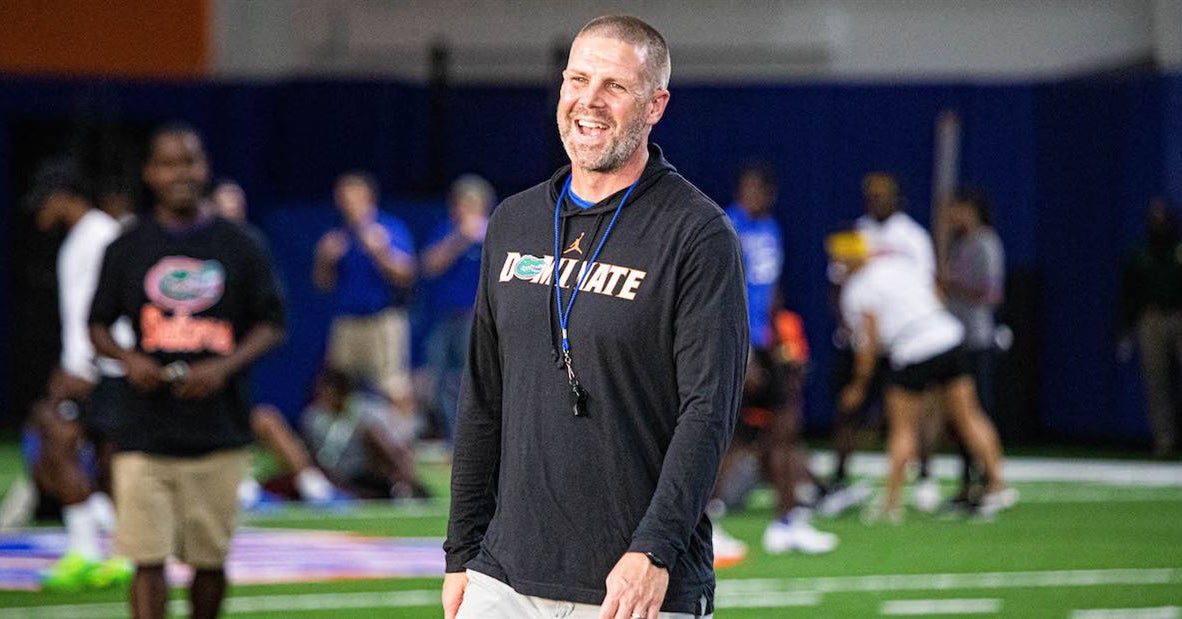WR Route Tree
Flat -- The flat route is a basic, quick out-breaking route. It is typically a route run by a slot receiver, running back, or tight end, simply because it breaks out and a wide-out does not have the space on his outside for the break.
Slant -- The slant can be run from anywhere, and it can be run with either the initial vertical stem, or it can be run directly off the snap. The idea is to use quickness to get a step on the coverage, and use the inside break to put the receiver’s body between the quarterback and the defender. Slants are obviously quick routes, so look for the quarterback to get the ball out of his hand as fas as he can.
Comeback -- Another out-breaking route, though this one can be used by outside receivers assuming they know how to use the sideline. This is the "back-shoulder throw" route popular in today’s passing game, with a quarterback having to show off his arm strength on the route.
Curl -- The route tree is built with opposite breaks throughout most of the diagram. In this case, the curl route is the opposite of the comeback, with the receiver breaking back toward the inside of the field. You can often see the curl and the comeback be option routes from each other, depending on how the defender plays the receiver, meaning the quarterback and receiver have to be on the same page.
Out -- You again will see a quarterback showing off his arm strength on this out-breaking route, and this is one of the routes most college scouts want to see fro prospective quarterbacks. This route is run at about 10-15 yards down the field most of the time, and again requires space on the outside for the break. This is typically the route you will see where the receiver is catching the pass on the sideline as he falls straight forward with this toes staying in bounds.
In / Dig -- Whichever name you give to this route, it is the opposite of the out route, with the receiver breaking in toward the middle of the field. This is a route-runners route (whatever that means) - where precision is important, and being able to make a crisp cut is important, providing the separation a receiver needs to get open.
Corner -- Starting to reach the deeper routes now, the corner route is a out-breaking route that is run toward - get this - the corner. The route is often used to create space underneath by pulling the safety out of the middle of the field.
Post -- The opposite of the corner route, the post breaks toward the middle of the field on an angle. Again, this is attacking the safeties on the field, often looking to split multiple defensive backs. This can be the type of route where the receiver adjusts to a ball the quarterback has laid out deep down the middle of the field.
Fly -- Go deep. This is where a speed receiver makes his money. Also a "go" route, that is exactly what this route is, run as fast as you can deep and try to get some separation from the defender. Quarterbacks can also use the back-shoulder throw here, allowing for a receiver to turn back to the ball as the defender runs past him.
I'll leave the other routes and combo routes out, to make things easier on those that want to actually attempt to evaluate Brown's passing ability. (Slugo/Drag/Bubble/etc)
Now, which of those 9 basic routes does Brown throw in that highlight film?
Any that he does not throw, or does a poor job on?
Is there anyone with even the minor/slight ability to watch, take a couple of notes, and then answer the questions and give your own QB evaluation on Brown???
Show me the throws on that film he is likely to get in college? What % of them do you think would happen anything like that in an SEC game? He may turn out to be real good but the more I see his film the more it shows there may need to be a large learning curve with Brown because he got away with his legs buying him time to get easy throws. Even though Trask was stuck behind King who was a top high school QB he had a lot of plays on film that showed he could make the throws required in college while under pressure. I remember looking at his film saying he looked like he can make the difficult throws in high school despite being a backup because of that King situation.

